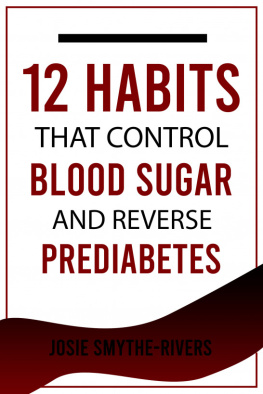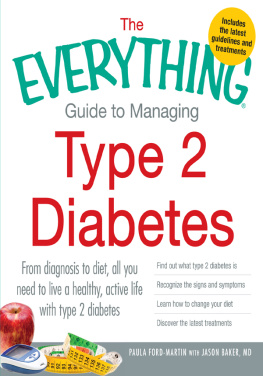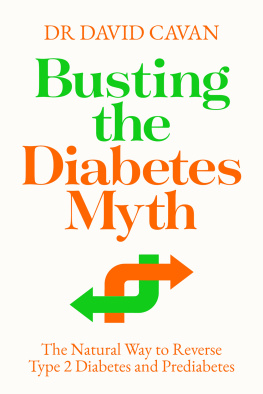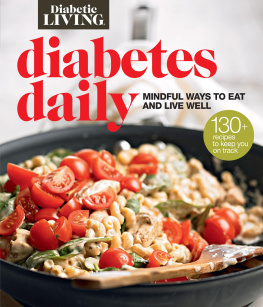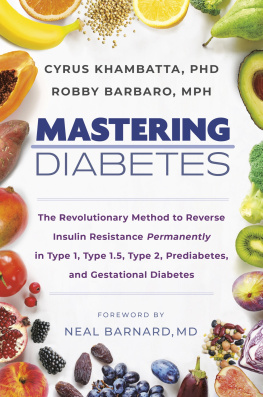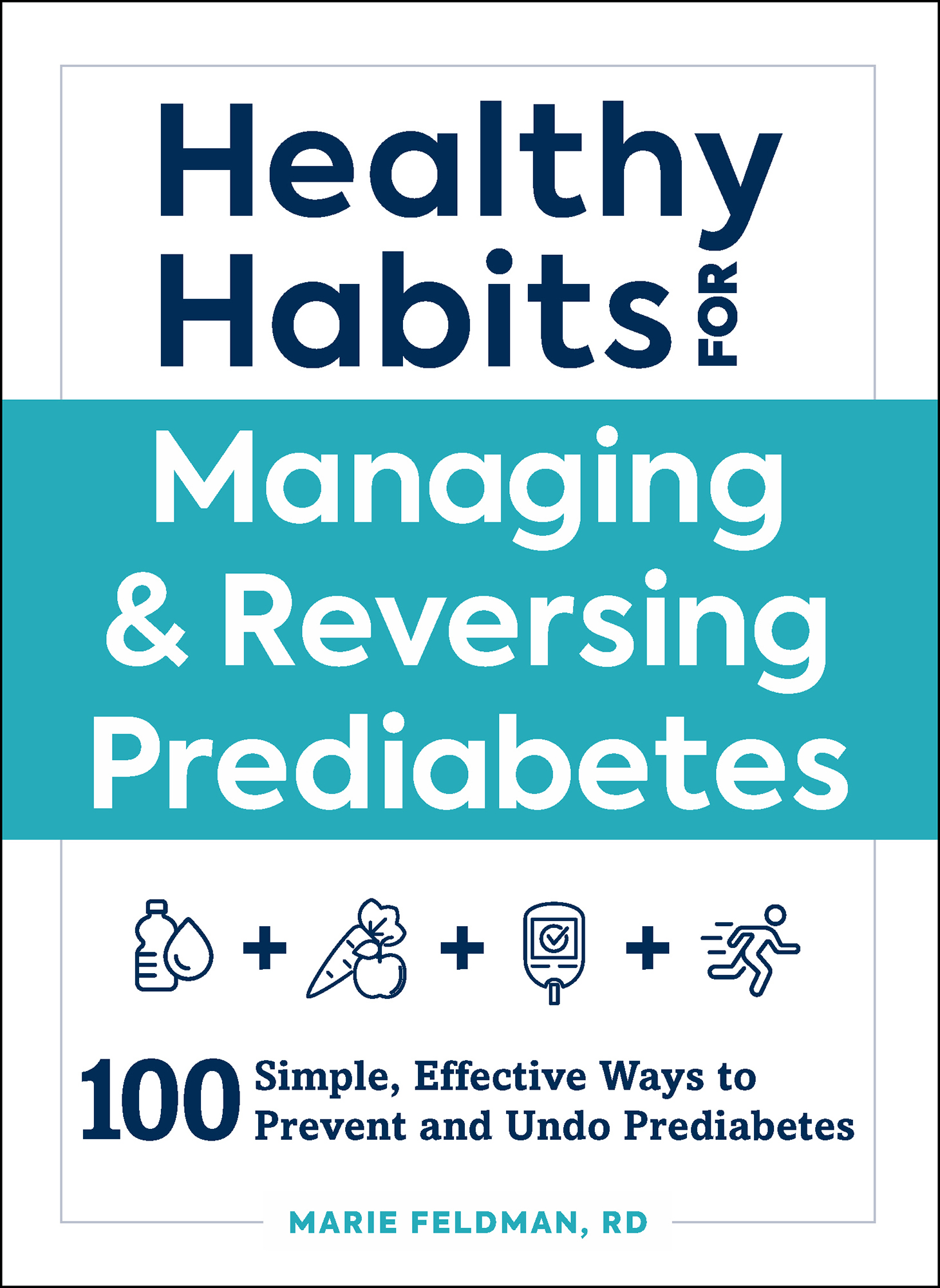CONTENTS
Guide
Thank you for downloading this Simon & Schuster ebook.
Get a FREE ebook when you join our mailing list. Plus, get updates on new releases, deals, recommended reads, and more from Simon & Schuster. Click below to sign up and see terms and conditions.
CLICK HERE TO SIGN UP
Already a subscriber? Provide your email again so we can register this ebook and send you more of what you like to read. You will continue to receive exclusive offers in your inbox.
We hope you enjoyed reading this Simon & Schuster ebook.
Get a FREE ebook when you join our mailing list. Plus, get updates on new releases, deals, recommended reads, and more from Simon & Schuster. Click below to sign up and see terms and conditions.
CLICK HERE TO SIGN UP
Already a subscriber? Provide your email again so we can register this ebook and send you more of what you like to read. You will continue to receive exclusive offers in your inbox.
ACKNOWLEDGMENTS
A sincere thanks to Adams Media for providing me with the opportunity to work on this project, which centers on such an important topic. Professionally, I am very grateful to work under David Weingard, who is an inspirational leader to me and all the wonderful staff and clients we work with at Fit4D, where we pride ourselves on making a difference in the lives of those with prediabetes and diabetes. Also, thank you to Dr. David Kayne, a wonderful mentor who has taught me so much about successfully diagnosing and treating prediabetes and diabetes through the patient care and clinical research we have conducted together over the years. In addition, it is with sincere gratitude that I mention my good friend and colleague, fellow dietitian and seasoned chef/author, Cheryl Forberg, who has been very helpful and informative during this entire project.
Many thanks to my husband, Kenyou are my best friend, and I treasure our relationship, in which we motivate and elevate each other every day. I also want to express my heartfelt gratitude to my parents, who have given me ultimate unconditional love and support throughout my life in countless ways. I lovingly acknowledge my daughter, Gabrielle, who inspires me every day to work hard to create a balanced, active, healthy, and happy life for our family. I also appreciate my extended family and friends, along with the readers and supporters of my blog, NourishYouDelicious.Blogspot.com, since its creation nine years ago.
Last but not least, I thank you, the reader, for buying this book and taking the opportunity to take a huge first step in preventing/managing your prediabetes and improving your overall health. I sincerely hope you find this book very useful.
INTRODUCTION
If you are reading this book, odds are that you or someone you know has concerns about prediabetes. And theres cause for concern because one in three adults in the USapproximately eighty-four million peoplehave prediabetes. Whats particularly concerning is that up to 90 percent of them dont even know they have it!
The best thing you can dowhether you are worried about developing this condition or have already been diagnosed with itis develop a set of healthy habits. In this book youll find one hundred habits that will help you manageand even reverseyour prediabetes. Even if you dont have the illness and just want to keep up a healthy lifestyle youre already maintaining, these habits can help.
The habits in this book are easy to integrate into your daily routine. For instance:
Change to eating non-starchy veggies
Take a daily walk
Harness the power of deep breathing
See? Its easy! By adopting these simple habits, you can help beat prediabetes.
With these habits in place, youre on your way not only to managing and possibly reversing this disease; youve also adopted a healthier lifestyle that will make you feel better in every way. Youll understand the importance of your lifestyle choices and how to make those changes last. If youre already doing things that are good for your health, youll see how to maintain them and turn them into routines.
Now lets get started with healthy habits for managing and rolling back prediabetes.
PART I
Take Control of Your Health and Habits
Chapter 1
Prediabetes: What It Is and How to Treat It
LETS START BY learning and understanding more about prediabetes, how it affects your body, and how it differs from diabetes, as well as how it is diagnosed. Once you know that, you can work with your medical team and others to get started on a set of healthy habits to treat it.
The Pancreas: A Key Player in the Endocrine System
The endocrine system is composed of glands that secrete the hormones. These travel through the circulatory system to regulate metabolism, growth, sexual development, and reproduction. The glands that make up the endocrine system include the adrenals, the thyroid and parathyroid, the hypothalamus, the pituitary, the pineal, the reproductive glands (testes, ovaries), and the pancreas. If any of these glands secrete either too little or too much of a hormone, the entire body can be thrown off-balance. Diabetes mellitus is classified as a disease of the endocrine system, so understanding how the pancreas functions as part of this system can help illustrate the way diabetes and prediabetes develop.
The pancreas is located in the abdomen, next to the upper part of the small intestine. Its long and tapered with a thicker bottom end (or head), which is cradled in the downward curve of the duodenuma part of the small intestine. The long end (or tail) of the pancreas extends up behind the stomach toward the spleen. A main duct, or channel, connects the pancreas to the duodenum.
A Tale of Two Functions
The pancreas performs two major functions in the body, which are carried out by two different types of cells located within the organ. These cells allow it to pull double duty as both a digestive organ and a regulator of energy balance and metabolism. Sitting behind the stomach, the spongy pancreas secretes both digestive enzymes and endocrine hormones. Taking a closer look at the physiology of the pancreas involves distinguishing between its exocrine tissue and the endocrine cells and their actions.
The exocrine tissue of the pancreas is a group of specialized cells that secrete digestive enzymes into a network of ducts that join the main pancreatic duct and end up in the duodenum. There the enzymes are key in processing carbohydrates, proteins, and other nutrients. In essence, the exocrine portion of the pancreas is primarily involved with digestion.
The other group of cells is the pancreatic endocrine tissue. For all intents and purposes, the endocrine part of the pancreas is the one to watch as far as prediabetes and diabetes are concerned. The endocrine pancreas actually accounts for a very small anatomical part of the organ, and it contains key cell clusters known as islets of Langerhans. These islets are constructed of various cell types, and each cell type makes and secretes a different hormone. The three main and most well studied include:







